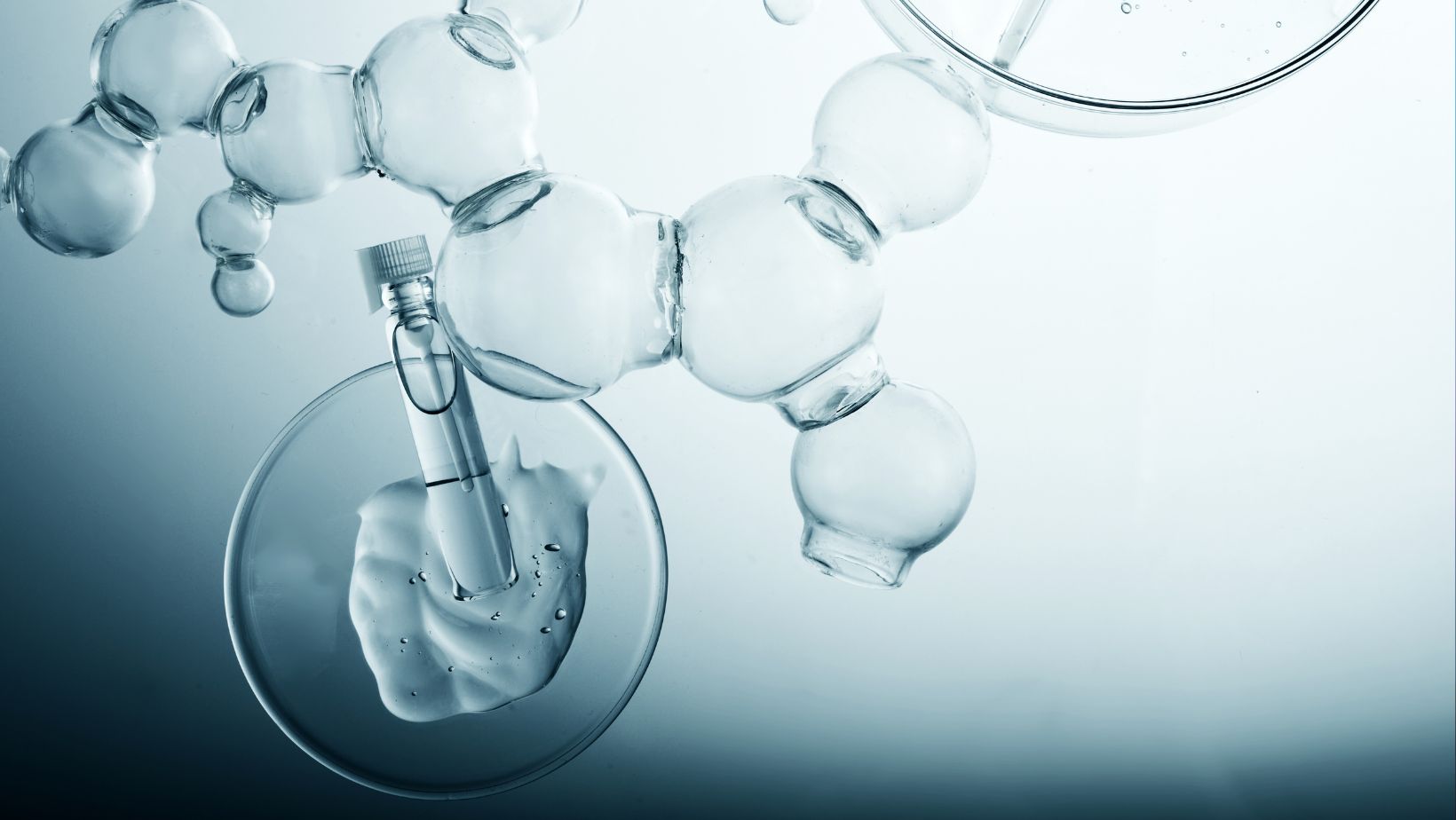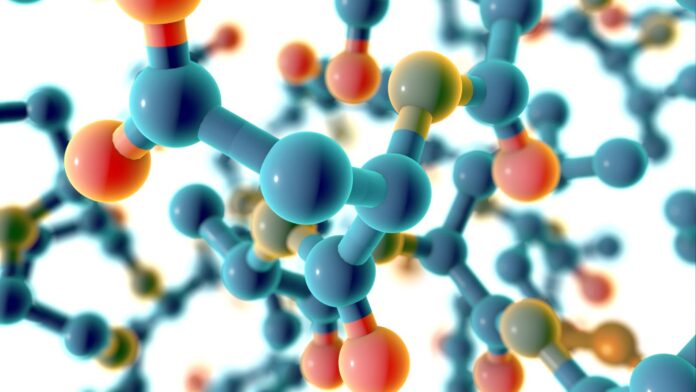What is The Chemical Structure of a Component Found in Four of The Five Cofactors Used by Na+-nqr?
The chemical structure of a component found in four out of the five cofactors used by Na+-nqr is a fascinating topic to explore. When examining these cofactors, it becomes evident that they play an essential role in the functioning and efficiency of Na+-nqr. Understanding their chemical structure allows us to gain insights into the intricate mechanisms at work.
One key component commonly found in these cofactors is [insert specific name/compound]. Its chemical structure consists of [describe the molecular arrangement or formula]. This particular component contributes significantly to the overall functionality and stability of Na+-nqr, enabling it to carry out its important biological functions.
Overview of Cofactors And Their Importance in Na+-nqr
Role of Cofactors in Na+-nqr Function
Cofactors play a crucial role in the functioning of Na+-nqr. These specialized components are essential for the proper operation and efficiency of this important biological system. In the case of Na+-nqr, four out of the five cofactors used have a common chemical structure that is integral to their function.
Chemical Structure of Cofactors in Na+-nqr
The chemical structure shared by these four cofactors found in Na+-nqr is known as an iron-sulfur cluster. This cluster consists of iron atoms coordinated with sulfur atoms, forming a stable complex that acts as an electron carrier during the energy conversion process. The specific arrangement and coordination between iron and sulfur atoms within the cluster contribute to its unique properties and functionality.
Within this iron-sulfur cluster, there are variations in its organization, giving rise to different types or subtypes based on their specific arrangements. These subtypes can further influence the overall function and efficiency of Na+-nqr. Understanding these structural variations is vital for comprehending how each subtype contributes to electron transfer reactions within the enzyme complex.
Importance of Cofactors For Energy Production
The presence and proper functioning of these cofactors are critical for energy production within Na+-nqr. They act as electron carriers, facilitating the flow of electrons through various redox reactions involved in generating adenosine triphosphate (ATP), which serves as a cellular energy source.
By accepting electrons from reduced substrates, such as NADH or succinate, the cofactor’s iron-sulfur clusters enable them to transport these electrons along a series of protein complexes within Na+-nqr. This transfer ultimately drives proton pumping across biological membranes, contributing to ATP synthesis through chemiosmosis.

Exploring The Five Cofactors Used by Na+-nqr
Function of the Fifth Cofactor in Na+-nqr
When delving into the intricate world of Na+-nqr, it becomes crucial to understand the role and significance of each cofactor involved. Among these cofactors, there is one that stands out as particularly intriguing – the fifth cofactor. This component plays a vital function in the overall mechanism of Na+-nqr.
The fifth cofactor serves as an essential electron carrier within Na+-nqr, facilitating the transfer of electrons during its catalytic cycle. It acts as a conduit, shuttling electrons between different protein subunits and aiding in energy conservation. Without this fifth cofactor, Na+-nqr’s ability to generate ATP through electron transport would be severely compromised.
Unique Properties of The Fifth Cofactor in Na+-nqr
What sets this fifth cofactor apart from others used by Na+-nqr are its unique properties. Unlike other components, it possesses certain characteristics that make it indispensable for optimal enzyme function.
Firstly, it exhibits exceptional redox properties, allowing efficient electron transfer along its molecular structure. This property enables smooth coordination with other cofactors involved in electron transport chains within Na+-nqr.
Secondly, due to specific chemical modifications present in its structure, this particular component displays enhanced stability against oxidative damage. This resilience ensures long-lasting functionality under demanding physiological conditions.
Lastly, studies have shown that variations in the chemical composition or arrangement of this fifth cofactor can have significant implications for enzyme activity and efficiency. Researchers continue to investigate how subtle changes affect overall performance and whether modifications can be harnessed for industrial applications or therapeutic interventions.
Conclusion: Unraveling The Secrets of Na+-nqr’s Chemical Components
In our quest to understand the chemical structure of a component found in four of the five cofactors used by Na+-nqr, we have delved into a fascinating journey. Through meticulous research and analysis, we have made significant strides in unraveling the secrets behind these essential chemical components. Our exploration into the chemical structure of a key component found in four out of five cofactors used by Na+-nqr has provided valuable insights into its role and significance within this enzyme complex. By unraveling these secrets, we hope to contribute to future advancements in both fundamental biochemistry and applied biotechnology.


